Related Research Articles
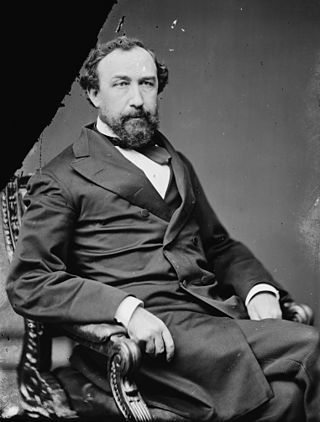
Newton Booth was an American entrepreneur and politician.

Arthur Edson Blair Moody, known as Blair Moody, was a journalist and Democratic U.S. Senator from the state of Michigan.

The Los Angeles Public Library system (LAPL) is a public library system in Los Angeles, California. The system holds more than six million volumes, and with around 19 million residents in the Los Angeles Metropolitan area, it serves the largest population of any public library system in the United States. The system is overseen by a Board of Library Commissioners with five members appointed by the mayor of Los Angeles in staggered terms. In 1997 a local historian described it as "one of the biggest and best-regarded library systems in the nation."

Los Angeles Athletic Club (LAAC) is a privately owned athletic club and social club in Los Angeles, California, United States. Established in 1880, the club is today best known for its John R. Wooden Award presented to the outstanding men's and women's college basketball player of each year.
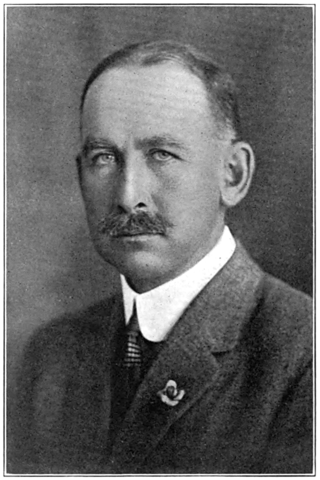
Sumner P. Hunt was an architect in Los Angeles from 1888 to the 1930s. On January 21, 1892, he married Mary Hancock Chapman, January 21, 1892. They had a daughter Louise Hunt.

Charles Fletcher Lummis was a United States journalist, and an activist for Indian rights and historic preservation. A traveler in the American Southwest, he settled in Los Angeles, California, where he also became known as an historian, photographer, ethnographer, archaeologist, poet, and librarian. Lummis founded the Southwest Museum of the American Indian.

George Wharton James was an American popular lecturer, photographer, journalist and editor. Born in Lincolnshire, England, he emigrated to the United States as a young man after being ordained as a Methodist minister.

Robert Dollard was an American attorney and politician. A native of Massachusetts, he was a Union Army veteran of the American Civil War and attained the rank of major. After the war, he moved to Illinois, where he studied law and was admitted to the bar. He later moved to South Dakota and served as its first attorney general.
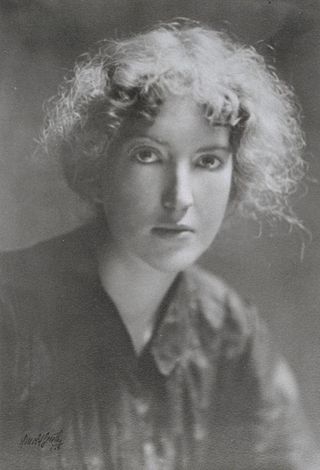
Nora May French was an American journalist, poet, and member of the bohemian literary circles of the Carmel Arts and Crafts Club which flourished after the Great San Francisco Earthquake and Fire of 1906.
The Bundy Manufacturing Company was a 19th-century American manufacturer of timekeeping devices that went through a series of mergers, eventually becoming part of International Business Machines and Simplex Time Recorder Company. It was the first time-recording company in the world to produce time clocks, colloquially known as 'Bundys'. The company was founded by the Bundy Brothers.

Frederick William Plaisted was an American politician and the 48th Governor of Maine.

William Jefferson "Will" Hunsaker (1855–1933) was an American lawyer and politician from San Diego and later Los Angeles, California. Hunsaker was the San Diego County District Attorney from 1882 to 1884, 4th Mayor of San Diego from 1887 to 1888 and president of the California Bar Association from 1913 to 1914.
Nicholas Hunsaker was sheriff of Contra Costa County, California, from 1851 to 1853 and from 1855 to 1857 and the 10th sheriff of San Diego County from 1875 to 1876.

The Land of Sunshine was a magazine published in Los Angeles, California, between 1894 and 1923. It was renamed Out West in January 1902. In 1923, it merged into Overland Monthly to become Overland Monthly and Out West Magazine, which existed until 1935. The magazine published the work of many notable authors, including John Muir, Jack London, Mary Hunter Austin, Sharlot Hall, Grace Ellery Channing, and Sui Sin Far. The Land of Sunshine was also known for its "lavish" use of illustrations, many of which were halftone photoengravings. In the words of Jon Wilkman, the magazine "extolled the wonders of Southern California and had a major influence on the region’s early image and appeal to tourists".
The Arroyo Seco region has been home and inspiration to artists from Los Angeles' boom years of the 1880s to present day. This region of Northeast Los Angeles that borders the Arroyo Seco and the Los Angeles River encompasses Pasadena, Altadena, Highland Park, Garvanza, Mount Washington, and El Sereno. Historian Kevin Starr defines Arroyo Culture as "a collective designation now given to a loosely defined, scattered movement, many of whose protagonists lived, like Charles Fletcher Lummis at El Alisal, along the Arroyo Seco.

Sarah Preston Monks (1841–1926) was an American naturalist, educator, scientific illustrator, and poet, based for much of her career in San Pedro, California. Monks was the first zoology instructor at Los Angeles State Normal School, a precursor to the University of California, Los Angeles, where she taught for over 20 years, and published on diverse topics including reptiles, amphibians, spiders, and marine biology.
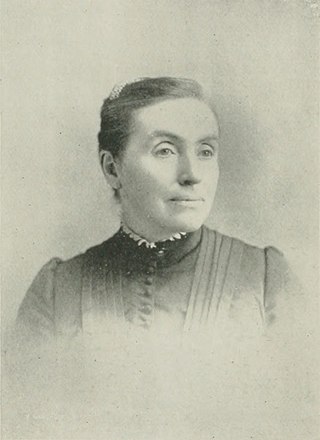
Mary Jane Blair Moody was an American physician, anatomist and editor. She was the first woman to receive a degree from Buffalo Medical College, the first woman to be a member of the American Association of Anatomists, and one of the first women to practice medicine in New Haven, Connecticut. Her home there is listed on the National Register of Historic Places as the Dr. Mary B. Moody House.
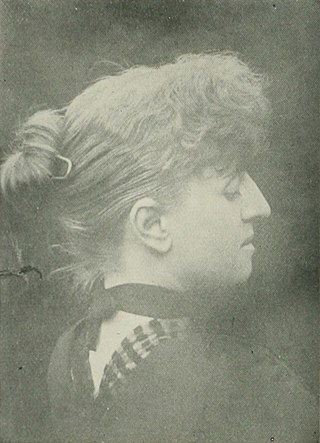
Dorothea Rhodes Lummis Moore was an American physician, writer, newspaper editor, and activist. Although a successful student of music in the New England Conservatory of Music, in Boston, she entered the medical school of Boston University in 1881, and graduated with honors in 1884. In 1880, she married Charles Fletcher Lummis, and in 1885, removed to Los Angeles, California, where she began the practice of medicine. She served as dramatic editor of the Los Angeles Times and also musical editor and critic on that journal. She was instrumental in the formation of a humane society which was brought about through her observations of the neglect and cruelty to the children of the poor, and Mexican families, visited in her practice; and the establishment of the California system of juvenile courts. She wrote for Puck, Judge, Life, Women's Cycle, San Francisco Argonaut, and the Californian, as well as contributing many important papers to the various medical journals of the United States. After divorcing Charles Lummis in 1891, she married secondly Dr. Ernest Carroll Moore in 1896. She was a confidante of Charlotte Perkins Gilman, and a life-long friend of Mary Austin.
Mary L. Jones was the Los Angeles City Librarian until she was fired in 1905 to be replaced by a man, Charles Fletcher Lummis. This decision would set off a firestorm across the city called the Great Library War of 1905.
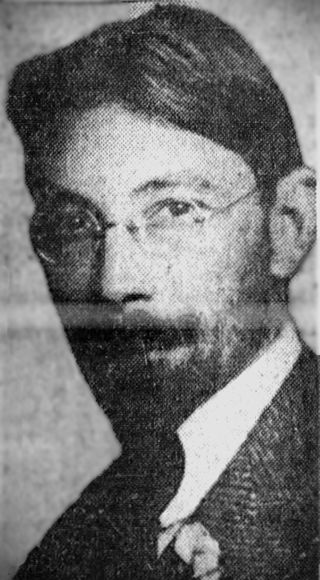
Henry Christeen Warnack ) was a film and theater critic in the United States. He released novels and works of poetry. He crafted essays on a range of topics. Besides being a talented speaker, he got involved in the early film industry, scripting stories and Scenarios for various silent films.
References
- ↑ "Lucius W. Moody (Includes Wife Dr. Mary B. Moody)". Commemorative Biographical Record of New Haven County, Connecticut, Containing Biographical Sketches of Prominent and Representative Citizens and of Many of the Early Settled Families. Chicago, IL: J.H. Beers & Co. 1902. pp. 1542–1543. OCLC 2923764 . Retrieved September 5, 2018– via HathiTrust.
- 1 2 Charles Amadon Moody's obituary, Out West, Vol. 1, Out West Company, 1910.
- ↑ "Editor Lies at Death's Door" . Los Angeles Times . 16 November 1910. p. 16. Retrieved September 5, 2018– via newspapers.com.
- ↑ Thompason, Mark. American Character: The Curious History of Charles Fletcher Lummis and the Rediscovery of the Southwest, pp. 199, 256-57 (Arcade Publishing, 2001)( ISBN 1-55970-550-7)
- ↑ (19 November 1910). Body of Charles A. Moody, Mining Man, Cremated, Los Angeles Herald, p. 12, col. 7.
- ↑ Charles Amadon Moody, at findagrave.com, Retrieved 1 April 2013